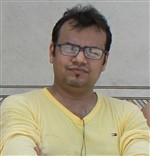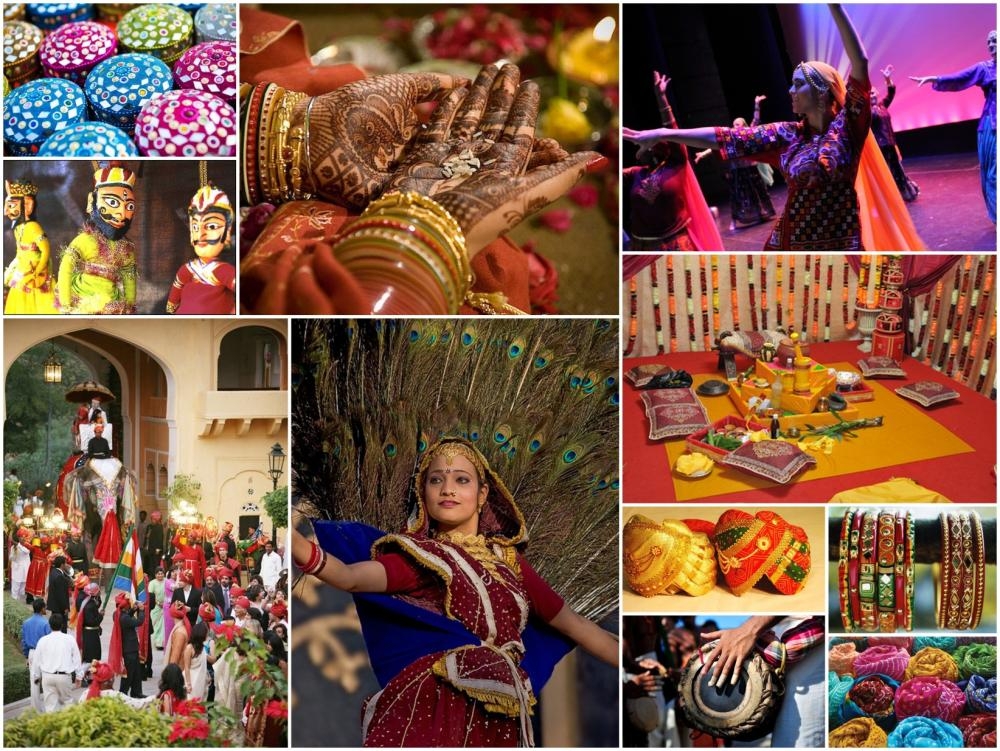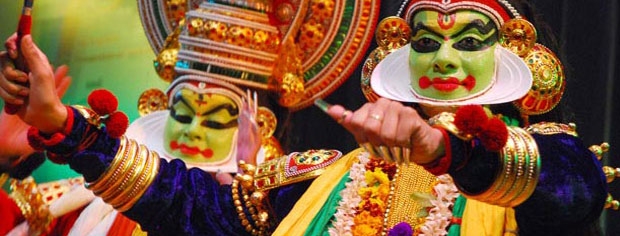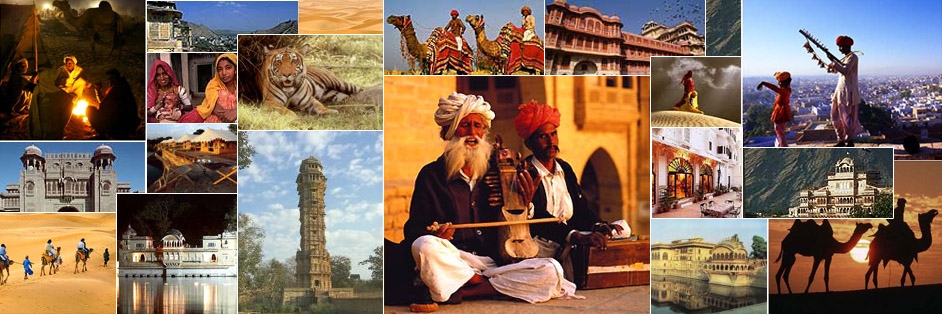Gaurav Yadav, scientist in-charge at the Regional Museum of Natural History in Bhubaneswar, Orissa, puts forward a new model study, purely speculative, called the Heritage Sustainability Potential that attempts to quantify the value of heritage.
Recently, while undertaking some research on demography, I visited several universities in the country, particularly interacting with students from the department of science, mathematics, physics, geography, environmental science, computer engineering, and so on. It was more than an awakening for me to hear their firsthand take on heritage. Here’s a sample conversation.
Me: What does heritage mean to you? How would you define it?
Student: Whatever we have from our past (with a confused expression).
Me: Is that all?
Student: Yes! Is it anything else?
The student’s response wasn’t any better when I asked him about intangible heritage so I came back to the tangible part.
Me: Where does heritage exist?
Student: Don’t know (still with that bewildered expression)
Me: Do you think it is important to know about heritage?
Student: I don’t think so, until someone asks us about it (made all of us laugh)
What I understood is that heritage for these groups of people is “something that has been or yet to be shared, it is, which summarily gives an identity to a regional group or local batch of people.” There is a very specific reason behind this poor understanding. Conventionally, the word heritage has been defined as: “Ancestral log/product of information and material or a repository of ontogeny experiences which exists in tangible and intangible forms”. This information has been conveyed to generation of students on a limited scale and understanding. Unfortunately reading material or ‘knowledge sources’ on heritage are encrypted in their own indigenous styles.
Secondly, information available on heritage is not as accessible to the common man. What if we study heritage in terms of numbers and what if we also calculate the potential of heritage in numbers? I would propose a model that assigns a quantifiable value to heritage so that it is easily legible and capable of being transcribed by professionals from other vocations as well, such as engineering. This is aimed at motivating everyone to have a stake in understanding heritage, as well as the associated challenges and issues related to heritage management.
Here’s the foundation for the proposal. We all know that within a particular culture, certain traditions become extinct within a span of 4-7 years while similar traditions or practices continue to exist in some form or the other, in a modified ritual. We need to ascertain the sustainability potential of traditions to enumerate them in values, which we may call Heritage Sustainability Potential (HsP). I have derived the following formula to calculate the sustainability potential of intangible heritage (note: it’s just the first iteration):
YX is the HsP at this particular place and is not exclusive to any specific community. Calculation of the variables is derived from a particular number that represents the strength of any tradition for ‘n’ number of years.
‘Y’ is the ‘Subject Heritage’ (any annual festival exclusive to that village that engages entire communities and people of all religions)
X is a village in Uttar Pradesh
B is population after α no. of years
A is population before α no. of years
M is total number of participants before α no. of years
N is Total no. of participants after α no. of years
α is total numbers of years for which potential is to be calculated (it is preferred that potential calculated either on 5th year of the observation or 10th year of the observation).
Below is a table illustrating data collection and enumeration of HsP between 1991-2000.
In the table below, we place the values in the formula to measure the HsP for a certain period.
As we can see, there are three HsPs for different periods of time but for the same tradition and same location. If this study is conducted at specific short or long intervals, it will reveal the rate of degradation of a particular heritage. HsP for any tradition at any particular place in a particular period clearly explores the following:
- Rate of threat to extinction of Y tradition
- Carrier Capacity of the society for the Y tradition
- Predicts number of sustainability years for Y tradition
- Urgency of implication of heritage preservation efforts
According to the exercise above, it is clear that intangible heritage can be quantified in the form of statistical value (a value of dynamic nature which changes in the course of time). This value comprises customary strength of culture, which passes through generations. Calculation of values may also lead to the predictive studies on the future of culture.
This is the definition of intangible heritage that I propose: “It is an inventory of constant resonance and changes of dynamic cultural values where past reflects in material and customary forms affecting the present to weave a definable and flexible future”
Both ideas are progressive and will see further refinement, but I hope it helps people from different professional backgrounds not related to heritage and its management can leverage this statistical model to understand intangible heritage. We definitely need help on an urgent footing to implement heritage management measures.
About the Author
 Gaurav Yadav is the Scientist In-Charge at the Regional Office of the National Museum of Natural History (RMNH, Bhubaneswar). He has a master’s degree in Museum Science, JRF. He has designed educational programmes at the museum and worked on the theories and practical aspects of heritage and other related issues. He is also involved with curatorial management, planning, design and development of museum galleries and exhibits for the private royal museum, Sir Jiwaji Rao Scindia Museum, Gwalior, Madhya Pradesh. He has published original papers and articles on several topics, such as “Virtual Reality and Education with Respect to Heritage,” “Man Power in Museums and Their Duties (Museum Senses and Sensibility),” “Children, Communal Harmony and Museums,” among others.
Gaurav Yadav is the Scientist In-Charge at the Regional Office of the National Museum of Natural History (RMNH, Bhubaneswar). He has a master’s degree in Museum Science, JRF. He has designed educational programmes at the museum and worked on the theories and practical aspects of heritage and other related issues. He is also involved with curatorial management, planning, design and development of museum galleries and exhibits for the private royal museum, Sir Jiwaji Rao Scindia Museum, Gwalior, Madhya Pradesh. He has published original papers and articles on several topics, such as “Virtual Reality and Education with Respect to Heritage,” “Man Power in Museums and Their Duties (Museum Senses and Sensibility),” “Children, Communal Harmony and Museums,” among others.














Recent Comments